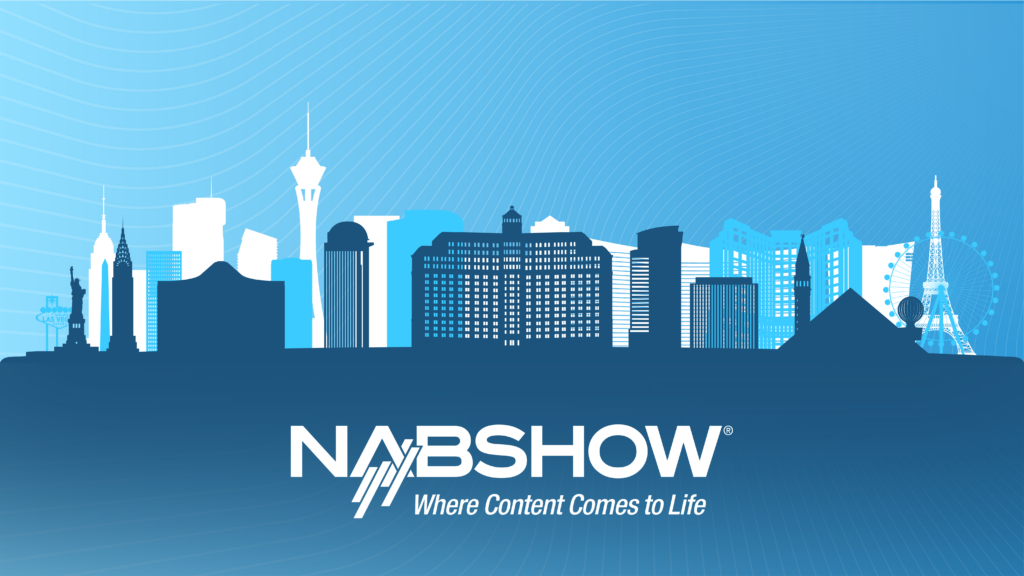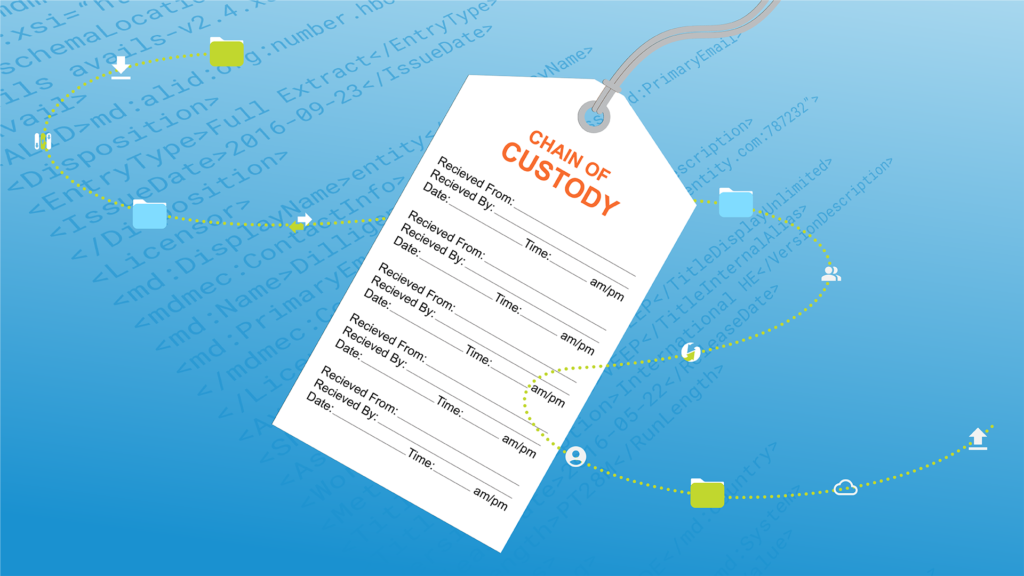Kevin Scott joins Signiant to help lead our next era, going beyond file transfer

We’ve had a busy year here at Signiant. Not only have we been growing faster than ever, we have been preparing for the next phase of Signiant’s technology evolution, which builds upon our Media & Entertainment industry focus and leadership in cloud-native SaaS.
“Signiant solutions play an increasingly central role in our customers’ businesses,” said Margaret Craig, CEO of Signiant. “Media companies have embraced our unique SaaS platform as they modernize their content supply chains, and we’re experiencing tremendous demand for new functionality above and beyond file transfer.”

Kevin Scott
Part of the next era for Signiant includes strategic hires like Kevin Scott, who just joined our executive leadership team as Chief Business Development Officer. Based in Los Angeles, Scott brings years of experience leading and advising many of the world’s top M&E companies on technology strategy.
“One impact of our recent innovations is that Signiant is increasingly drawn into forward-looking strategic dialogue with our customers,” continues Craig. “Kevin is the ideal person to engage with media executives in this way – he understands the industry both at the C-Suite level as well as at the hands-on implementation level.”
I had a chance to catch up with Kevin and experience first-hand his depth of understanding of the M&E industry, both historically and the opportunities and challenges facing us today.
Q&A with Kevin Scott
Can you tell me about your background and how you got into the Media industry?
I grew up on a ranch in the Midwest, but decided that neither being a rancher nor winter was for me. So, I moved to Northern California for college to bask in snow-free winters and study engineering.
I started my career as an aerospace systems engineer working on commercial communications and government spacecraft for Hughes Electronics, which was DIRECTV’s original parent company. Thanks to Hughes, I had the opportunity to both attend business school and transfer to DIRECTV in a business development role. That transfer was my entry into Media.
Since DIRECTV I’ve worked in strategic business development, management and consultant roles in media-focused start-ups, entertainment services providers and consulting organizations. For most of the past 10 years, I have been an independent consultant completing business and technology strategy projects, mostly for large media companies in the Americas, Europe and Asia Pacific.
Looking back over your career, what are the most significant industry-changing technologies that you’ve seen?
I’m biased based on my experience, but one of the first US Media industry-changing technologies I saw was the deployment of satellite-delivered digital television in the early 1990s. The delivery technology and platform provided a better viewing experience and, often for the first time, meant consumers in rural areas not served by what were then called multiple system operators (i.e., cable companies) had straightforward access to more than a handful of over-the-air broadcast networks. I think, too, the services provided by DIRECTV and its DBS competitors were the beginning of the explosion of video entertainment sources that we see today.
A second industry-changing technology was and is the migration to file-based/tapeless workflows. This migration has been occurring for some time, and it’s not yet complete. File-based workflows and the reduced use of videotape is a fundamental requirement to streamline media supply chains; however, moving large files around the world over standard TCP/IP networks was a big problem because of network congestion and latency. Signiant very significantly helped solve that problem.
Another is the transition to HDTV. Driven by display manufacturers and positioned as a consumer requirement, the transition to HD operations had an enormous impact on media companies because their media operations infrastructure had to be modified – and sometimes replicated – to support high definition files. The transition to HD caused a very large capital spend over a number of years in the Media industry to upgrade infrastructure.
More recent, highly impactful technology trends are (a) cloud computing/virtualization and (b) IP networking and content delivery.
- Media companies are accelerating their deployments of cloud-based technologies and services for several reasons, mostly related to efficiency and agility: capital investment for owned, on-premise infrastructure can be replaced with operating expense-based services, cloud services can rapidly scale up or down based on a customer’s changing needs and cloud services potentially allow users to more rapidly respond to changing market requirements. Signiant’s cloud-native SaaS platform and services provide a prime example of the benefits this set of technologies can provide its users.
- Similarly, the shift to IP-based infrastructure is motivated by operational efficiency gains as well as the overall desire among Media organizations to move to more agile technology that can better support today’s changing business models than can traditional infrastructures.
Multi-platform content delivery is both a technology trend and a commercial trend that is obviously still occurring. Media companies want to reach consumers across distribution platforms and consumption devices. The impact of this trend on the entire Media industry cannot be overstated.
Are there any emerging technologies or services that you see impacting the future?
Yes, I think there are a number of technologies, services and trends that will significantly impact the future of the Media industry. Some that may be most impactful include:
Cloud computing and the virtualization of formerly hardware-based media technologies, IP-based infrastructures and multi-platform content delivery– while here today – will continue to evolve with respect to capabilities and increasing deployments and market penetration.
The rapidly increasing use of data– descriptive and technical metadata about content assets, information about the planned and actual monetization of content and data about processes and resources within the media supply chain – to automate and orchestrate media supply chains. This clearly implies that being able to find, manage and access rich media and consumption metadata and having frameworks to enable the flow of information across the media supply chain are necessary. (In this context, “orchestrate” means aligning a business request with applications/services, data and infrastructure. In a supply chain built on containerized “micro” services, process automation is driven by orchestrating across these services.)
Artificial intelligence and machine learning. The use of AI and ML in the Media industry is in its infancy, but several use cases already exist. On the consumption side, AI/ML can be used to personalize consumers’ experiences to increase their engagement. More relevant to the solutions Signiant provides, AI and ML services, such as those from the large cloud computing providers, are being used to add metadata to content assets to improve search/retrieval and monetization of these assets. As AI/ML capabilities increase, the future opportunities for using AI and ML to intelligently, dynamically orchestrate services, resources and their connecting fabric within the media supply chain are very compelling.
Considering its global reach, do you feel like there are any major challenges facing the industry?
The global Media industry faces huge challenges. The flip side of these challenges, though, is that visionary, innovative and agile organizations like Signiant have tremendous opportunities. I believe some of the key industry challenges are:
- Rapidly changing consumer wants and needs, expectations and demand.
- Key trends are continued net declines in traditional Pay TV subscribers; accelerating consumer migration to OTT platforms and services; increasing multi-platform distribution for anywhere, anytime consumption.
- Consumer trends are perhaps the major driver of change and challenge in Media.
- These trends have a snowball effect: Consumer trends require new business models →New business models require new, fundamentally different and more efficient technology infrastructures and processes →All of the foregoing lead to restructuring, including consolidation, in Media technology and across the overall Media industry.
- Agile, cost effective and scalable media supply chains are critical.
(For legacy Media companies) Newer media organizations that are very technology savvy, have new business and distribution models and are investing extraordinary amounts of money in content production. How do the legacy, large media organizations compete?
Intense cost and time-to-market pressures. “Keeping up” with the newer media organizations’ content spend means legacy companies have less capital for traditional technology investment, but they must still operate their media supply chains. They must find ways to do more, faster with less.
The increased rate of Media technology change driven from other industries (e.g., Consumer Electronics, IT/Technology, Telecom).
Deployment of the new technologies mentioned above where relevant skills and experience might not be in place and where deployment is at the same time the existing business must be operated (i.e., “changing the tires while the bus is moving”).
In general, these challenges imply a number of needs for Media organizations:
- A shift in mindset…not business as usual; not incremental change,
- Knowledgeable, appropriately trained/skilled workforce,
- Shared content and data throughout an organization and the use of common services within its media supply chain,
- Accelerated convergence of disparate workflows into a managed supply chain servicing all distribution channels,
- Technology, data and service implementations to automate and orchestrate the media supply chain; allow content to be found, accessed and efficiently acted upon (internal) and discovered (consumer),
- Tools, processes, infrastructure and services that enable expanded and new ways of creating, managing and transforming content and delivering consumption experiences.
Why did you decide to join Signiant?
Well, for lots of reasons, but it’s probably easiest to break it down into three main areas:
Extraordinary Team: The Signiant team is extraordinary. I am both thrilled and honored to work with such smart, innovative and customer-focused colleagues.
Unique Opportunity: Signiant has a unique and very compelling opportunity to help its customers both navigate and benefit from the evolution of the Media industry. As we talked about, virtually every aspect of Media is changing – dramatically and quickly. Many of these changes are either driving or enabling the convergence of our customers’ media workflows into an integrated, managed and more automated supply chain. Key to the success of this convergence is connecting people, processes, systems, on-premise and cloud services, content assets and data.
Very Strong Market Position: The extensive footprint and capabilities – current and planned – of Signiant’s SaaS platform provide the connectivity among people, processes, systems, content and data that is so critical for the industry’s success. Signiant is clearly a leader in intelligent file transfer, and moving content and data quickly, easily, reliably and securely is incredibly important. But Signiant’s solutions increasingly go beyond file transfer to provide access to content and information about that content, then connect various aspects of the media supply chain to allow our customers to manage, transform, monetize and analyze their assets. This is hugely exciting!


